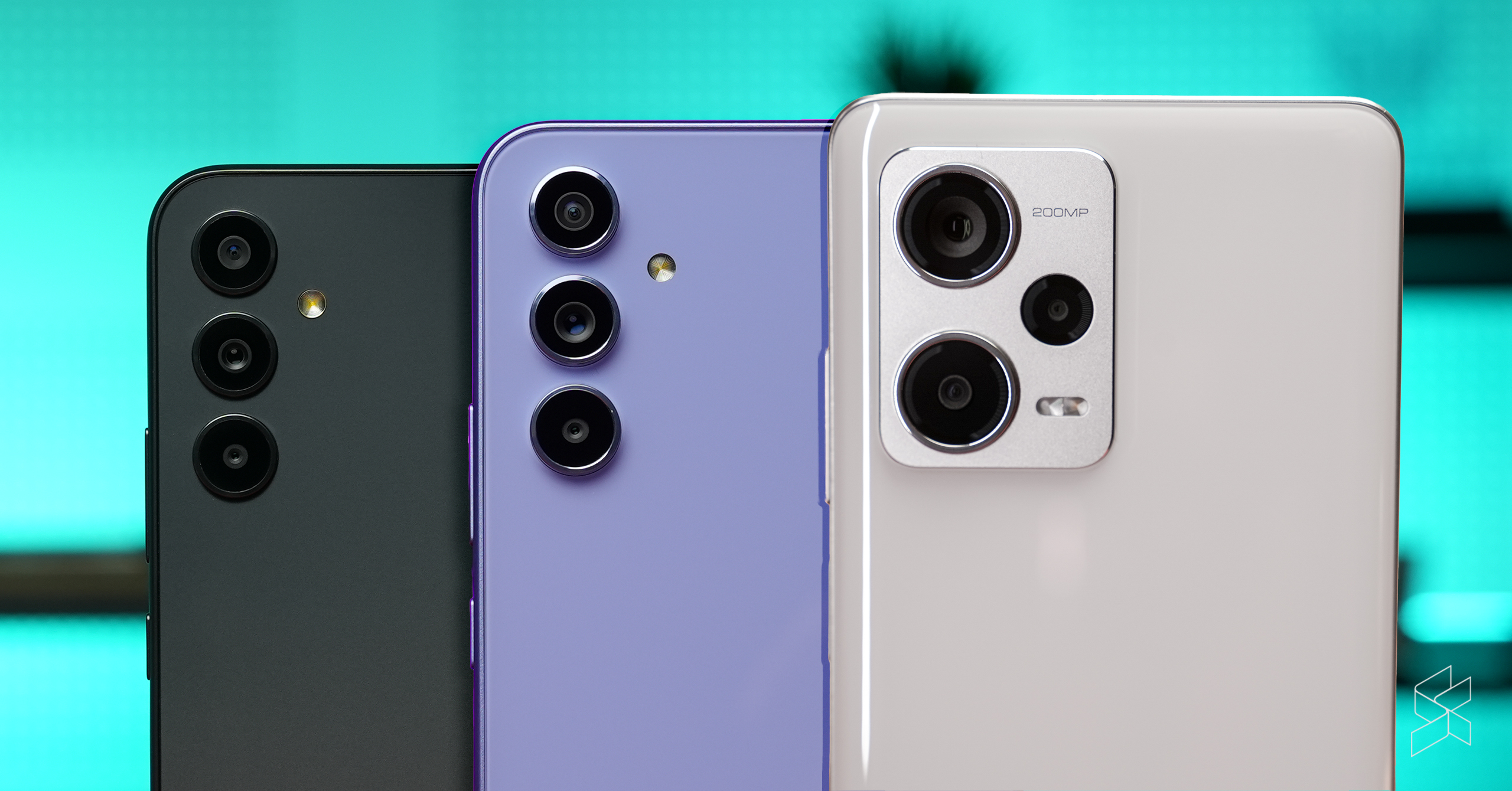With the advent of social media and gratuitous image sharing, camera quality has become the single most important battleground for smartphones. The rapid democratisation of technologies previously reserved for flagships means that even the cheapest phone you can buy today can shoot passable photos without looking like the lens was smeared with Vaseline.
Even so, there’s still very much a distinction between the haves and the have nots. You simply can’t get the best image quality when you’re spending a fraction of the price of the most expensive phones. They may all have multiple cameras and boast similar specs, but delve beyond what’s on paper and you’ll discover that even the best midrange phones simply don’t have the hardware to compete with the big boys. The question is, how close can they get?
That’s why we’ve collected the latest midrange phones from Samsung and Xiaomi—the Galaxy A34 and A54 and the Redmi Note 12 Pro+. Like most flagships, you get a triple camera setup on all of them, but given that even the most expensive model here costs half as much as a base Galaxy S23, they can’t be all that good, right?
Well, that’s what we’re here to find out. Which of these camera phones are best, and are they even usable to begin with? Let’s take a closer look.
Many pixels, many compromises

Being on the budget end of the scale, all three phones have pretty decent main cameras, but Samsung and Xiaomi have both skimped on the other shooters. The A34 and A54’s main cameras are pretty similar on paper—the cheaper model has a 48MP sensor versus the A54’s 50MP, and they both come with an f/1.8 aperture and optical image stabilisation. But as we all know, you don’t shoot photos on paper.
The A34’s tiny sensor measures just a 1/2-inch across, significantly smaller than the A54’s 1/1.56-inch sensor. This means that even though both main cameras have a similar aperture, the more expensive phone draws in much more light. Really though, it’s the ultra-wide where you’re getting your money’s worth; whereas the A34 has an 8MP camera, the A54 bumps the megapixel count to 12.
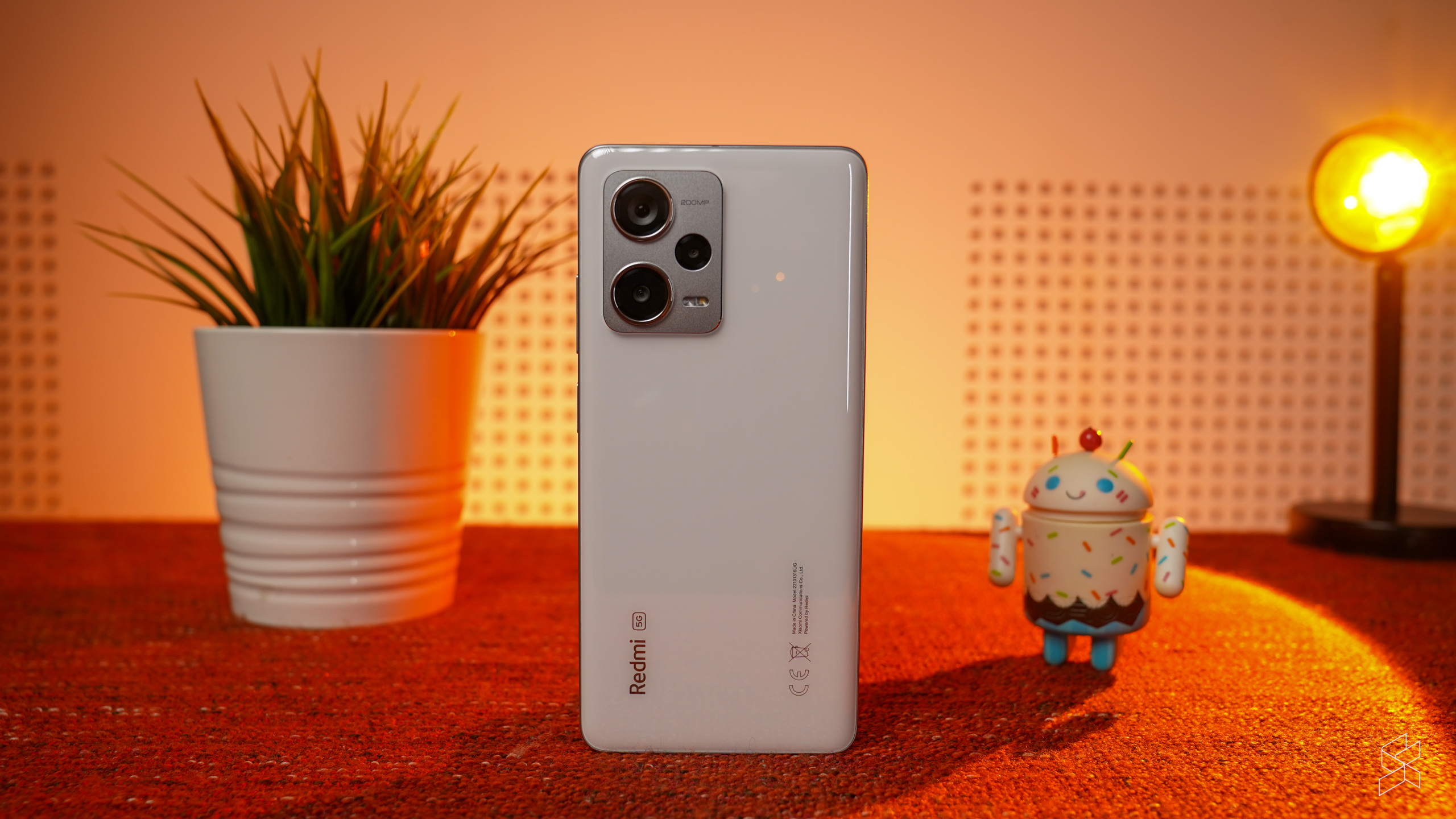
But if megapixels are what you’re looking for, then the Redmi Note 12 Pro+ has got you covered. You get not 50, not 108, but 200MP—as many as the Samsung Galaxy S23 Ultra, in fact. At 1/1.4 inches across, it’s a little bigger than the A54’s sensor and is paired with a larger f/1.7 aperture and OIS. Mid-range phone cameras are all about compromise though, so the Note 12 Pro+’s ultra-wide is just an 8MP shooter. And as is par for the course for this price range, all three phones come with a macro camera—2MP for the Redmi, 5MP for the Samsung phones.
At the front you’ll find a 12MP selfie camera on the A34, set within a teardrop-shaped cutout in the display. Both the A54 and the Note 12 Pro+ come with a more premium hole-punch selfie camera, with a resolution of 16MP for the Redmi and 32MP for the A54.
Numbers aren’t everything

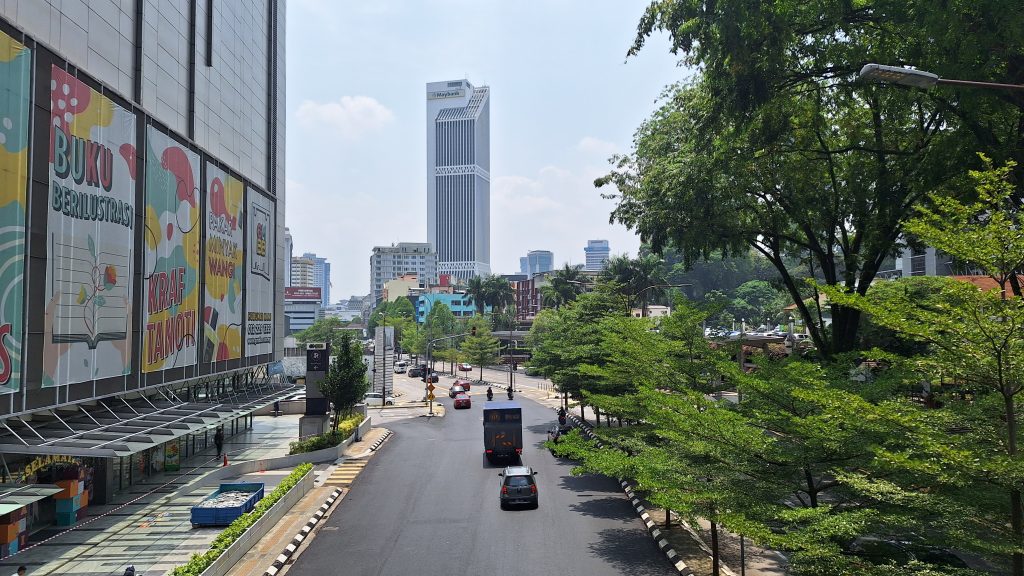
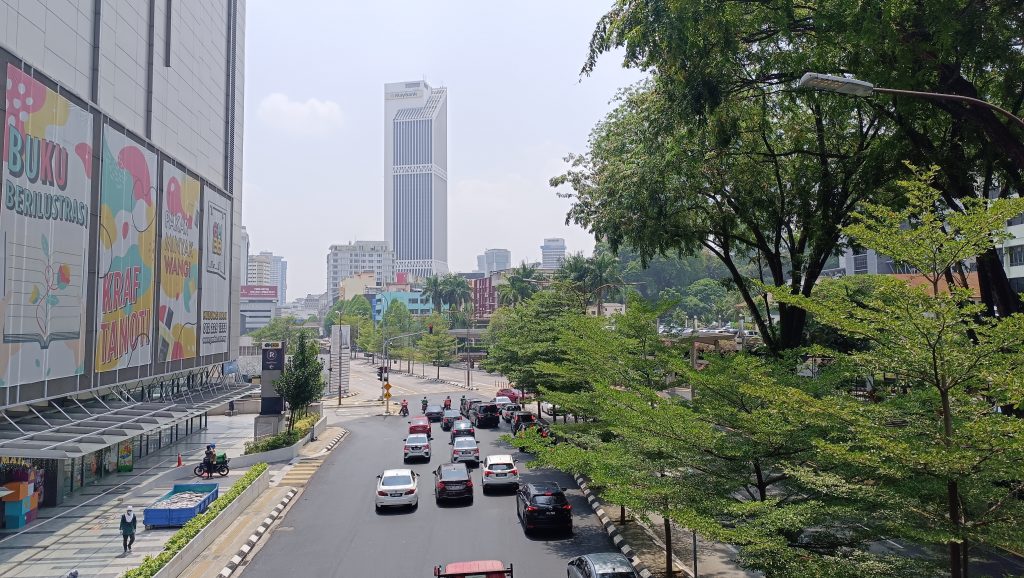

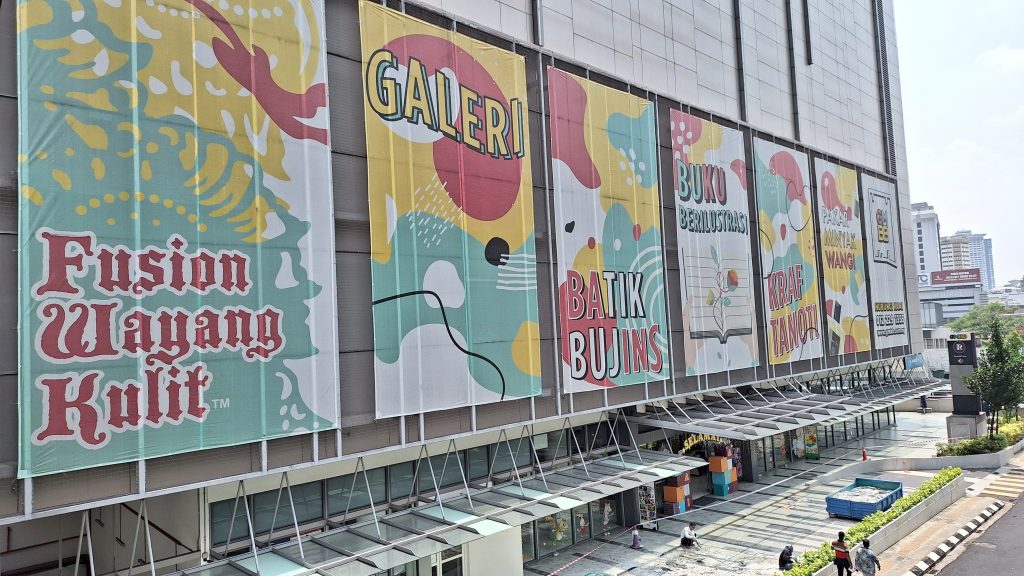

All three phones may boast similar megapixel counts to flagships, but one look at the photos and you can see that the smaller sensors don’t deliver quite the same colour reproduction and dynamic range. The Samsung devices offer nearly identical image quality in bright daylight, particularly in terms of detail. However, the A54 benefits from greater contrast, and its main camera lens is also a little wider.
As for the Redmi, it is about as wide as the A54, but offers less contrast than even the A34; it also tends to overexpose its photos. You do get a bit more detail thanks to the 200MP sensor, but not by much.
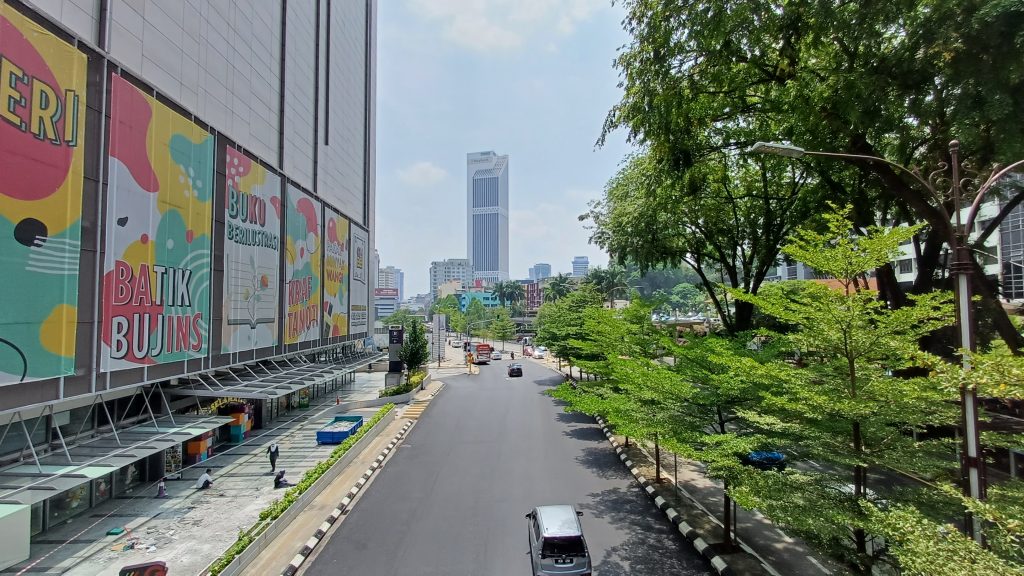
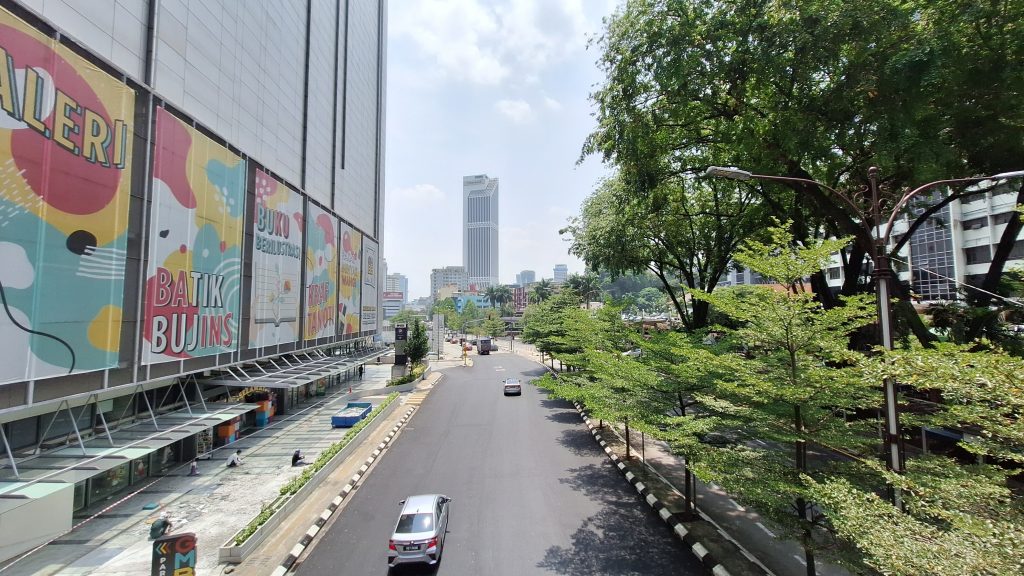
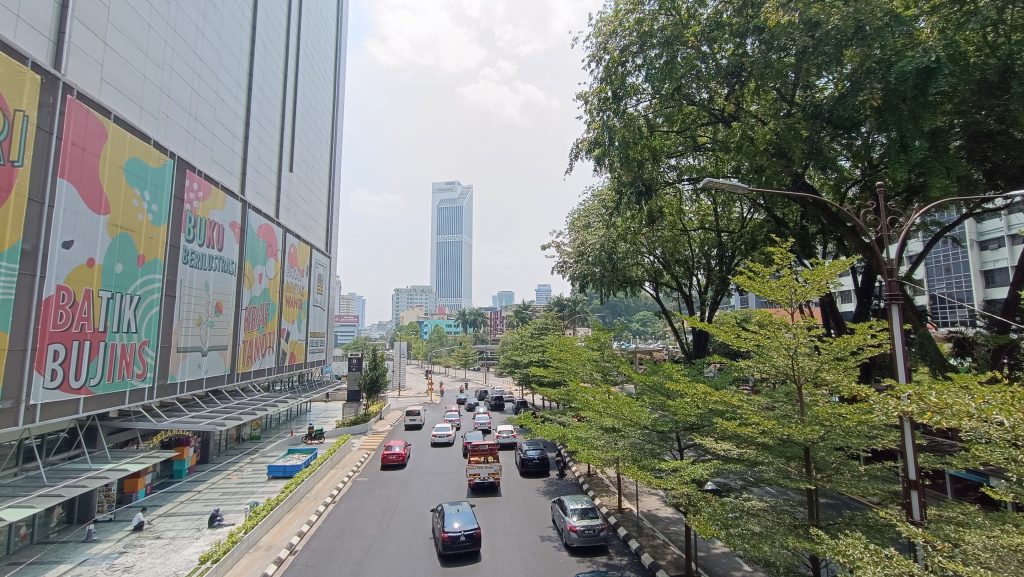
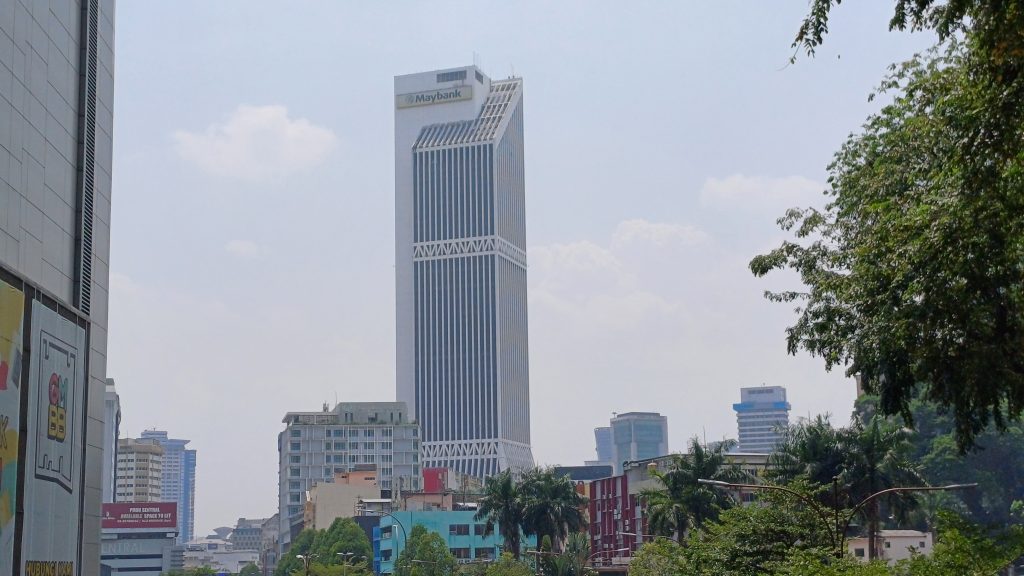
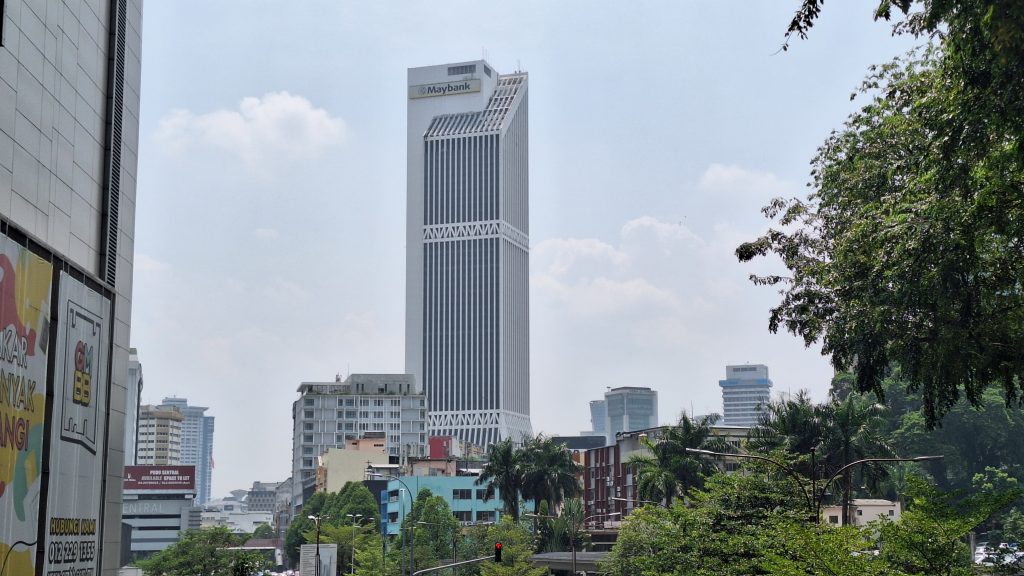

The differences between the three phones are more noticeable when you look at photos from the ultrawide cameras. The A54’s higher resolution gives it a distinct advantage, producing images that are more consistent with the main camera’s. The Redmi can’t match the A54 in terms of colour reproduction, but it runs it very close in terms of detail, likely due to extra processing and sharpening. The A34’s photos look very soft in comparison, though it surprisingly delivers more contrast and saturation compared to the main camera.
None of these phones come with a telephoto camera, so if you want a close-up shot—and don’t want to use your feet—you’ll have to use the digital zoom function. This is where the Redmi’s 200MP camera really comes into its own, because you can take an “optical zoom” photo by cropping into the high-resolution sensor. Still, the A54’s image processing does a decent job of preserving details, and its colour reproduction is still superior here. The A34 performs noticeably worse, offering neither the detail nor the dynamic range of the other two.




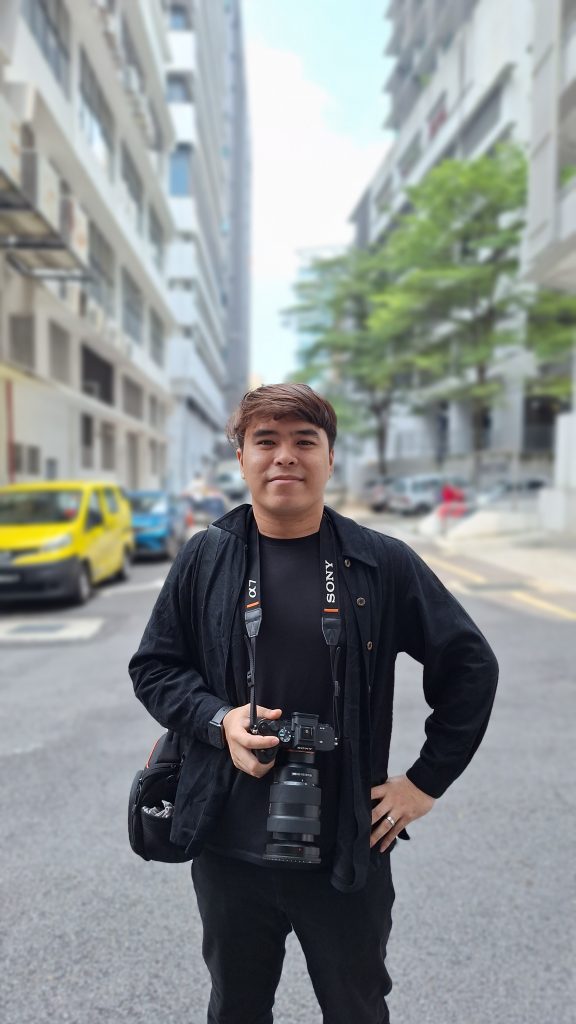

As for selfies, they all do a decent job, although the Redmi has a more neutral white balance and the A54 delivers more contrast and detail, thanks to the higher resolution camera. They also perform very similarly in terms of portraits, handling cutouts of subjects fairly well. If I had to choose between these three, it would be the Redmi, as the focus rolloff is more natural.
All three phones have mediocre macro cameras, and the results are predictable. The photos are soft, with very washed out colours, and even though the Samsung phones have more than double the resolution, the Redmi appears to deliver better detail. All in all, however, it’s much of a muchness.
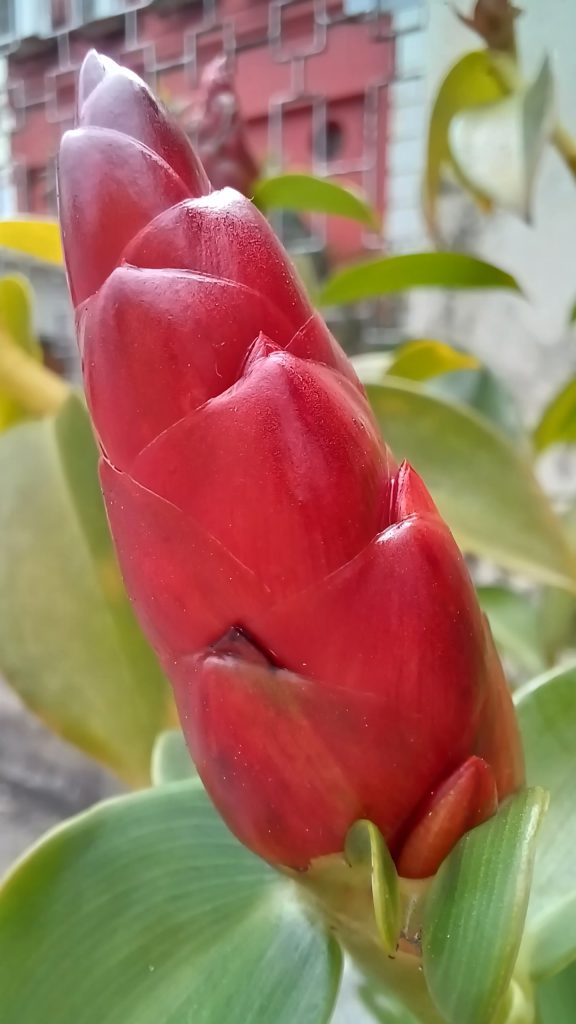

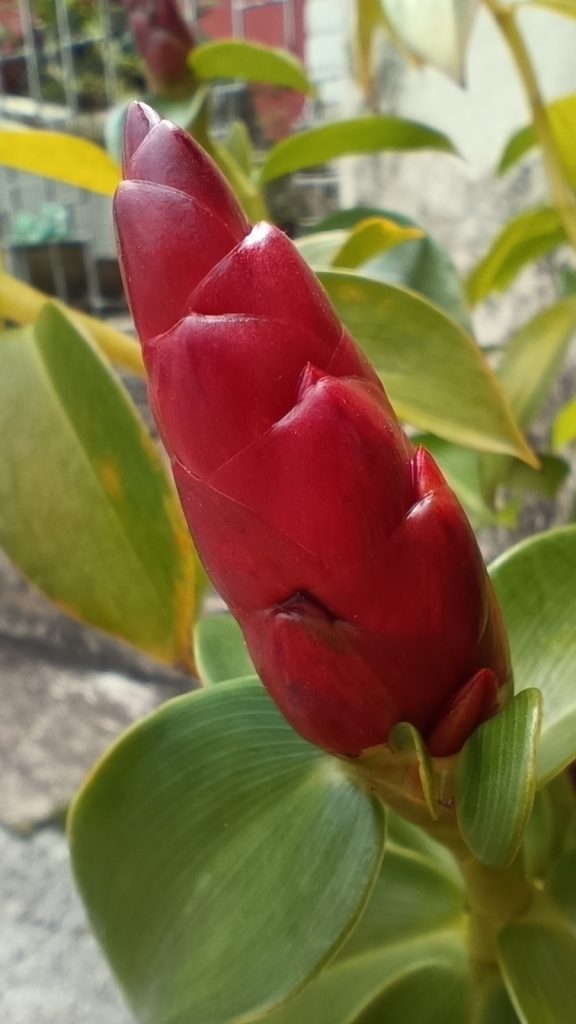



Now, let’s look at video performance. All three of these devices come with optical image stabilisation, but you’re not gonna mistake the videos shot from any of these as coming from an iPhone. Still, it’s the A54 that shoots the most pleasing videos, with good stabilisation, white balance and detail. The A34 comes home a close second, cementing Samsung’s lead for videos on Android phones, even at this price range.
The Redmi simply can’t match the colour reproduction of those phones, and its videos look shaky by comparison. All this is when you’re shooting 1080p videos, however; for whatever reason, all three phones turn off stabilisation for 4K videos, leading to some hilariously shaky footage.
Low-light struggles
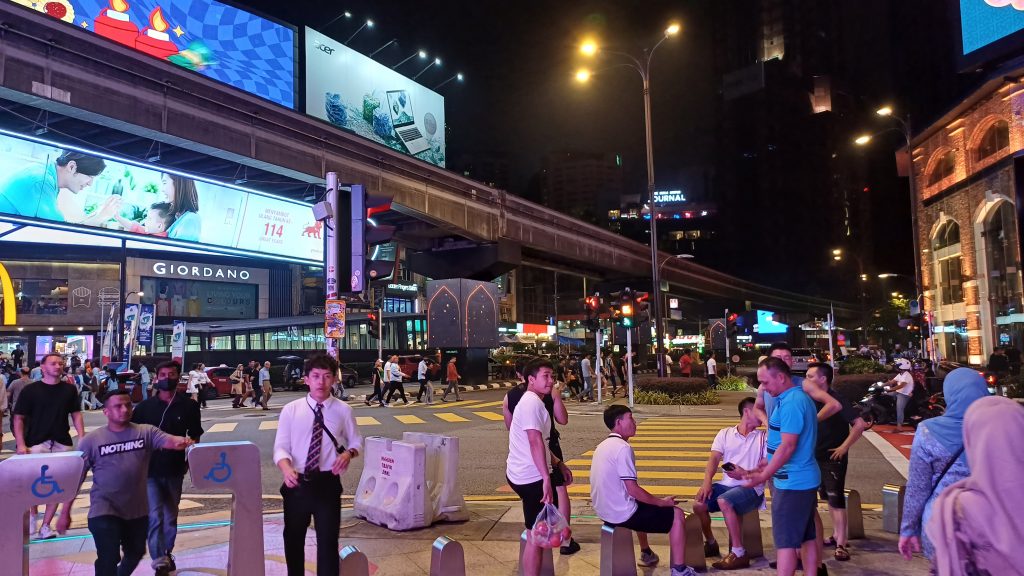
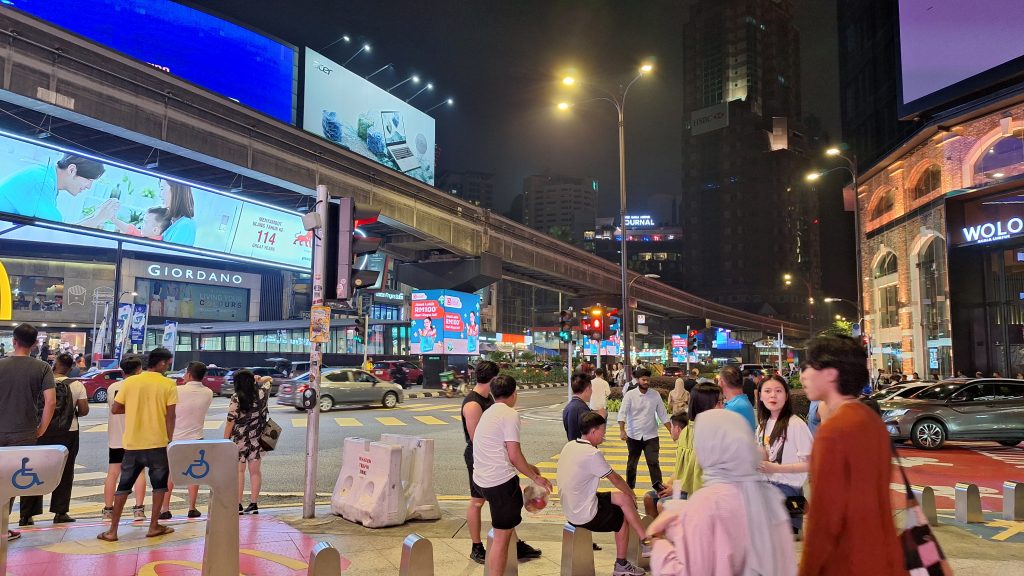
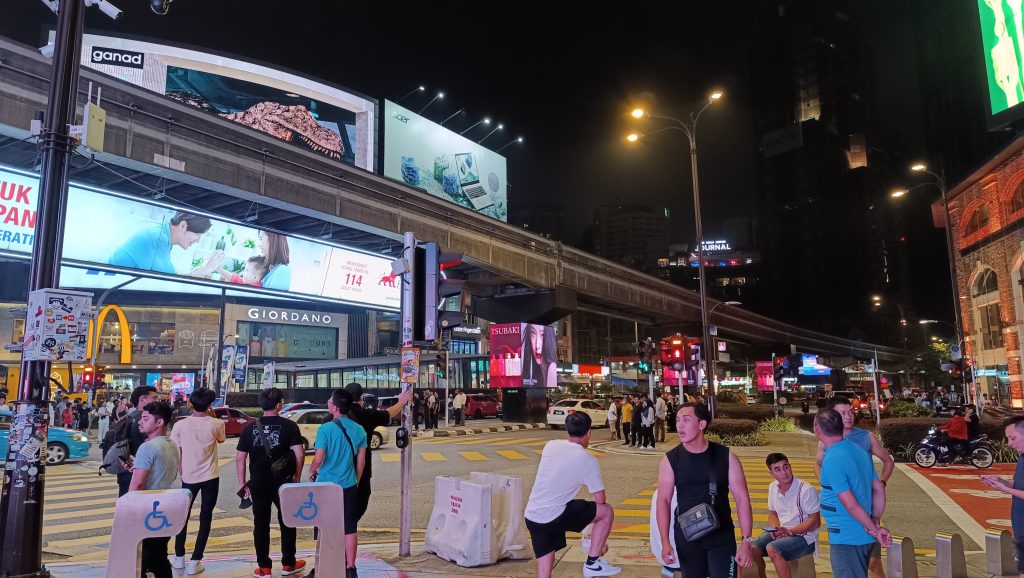
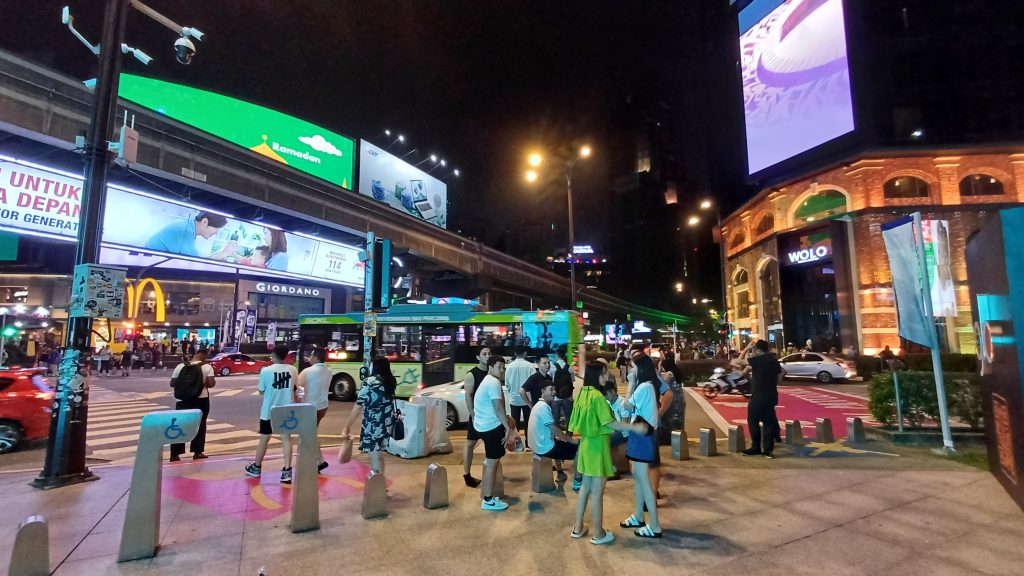
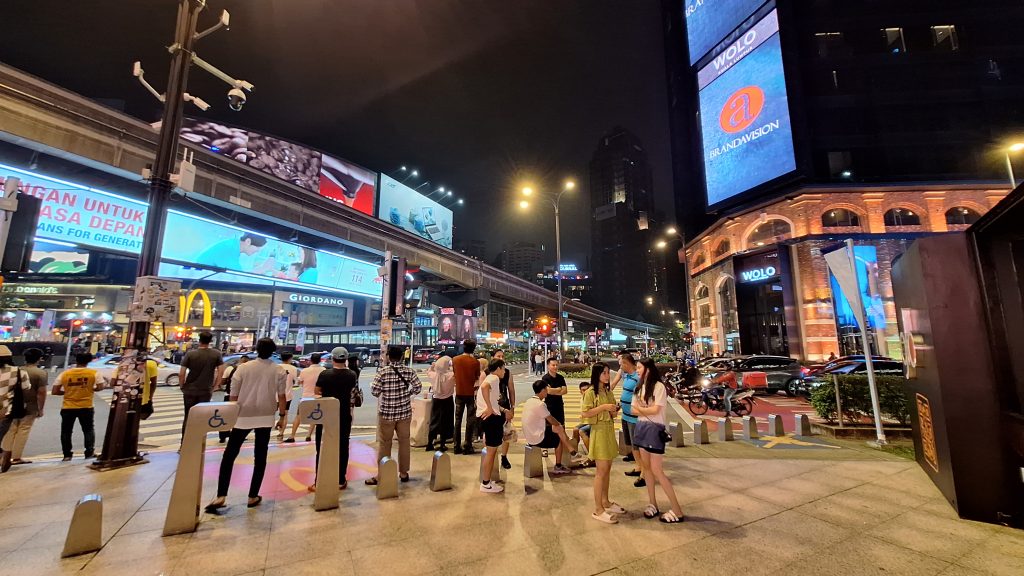
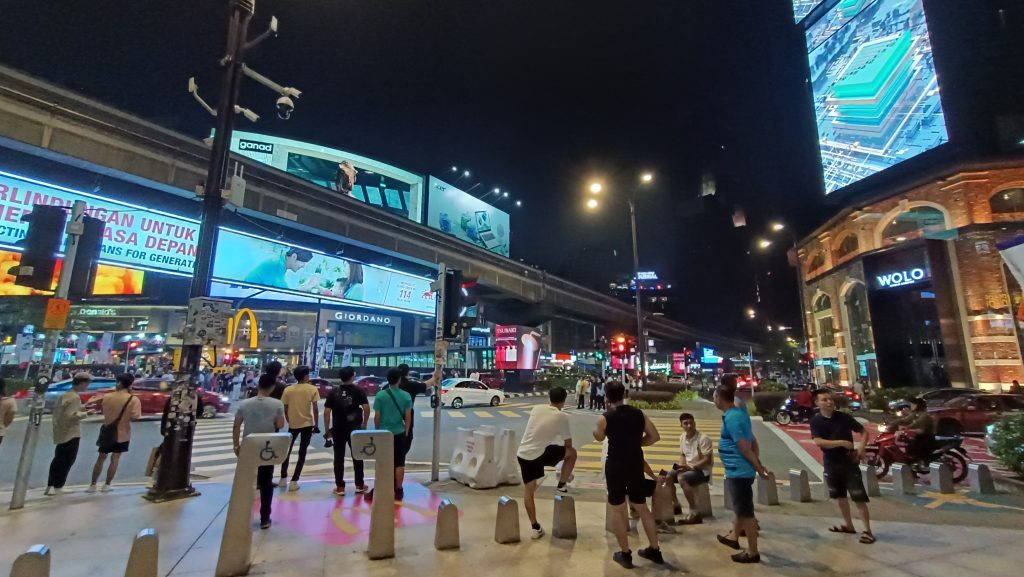
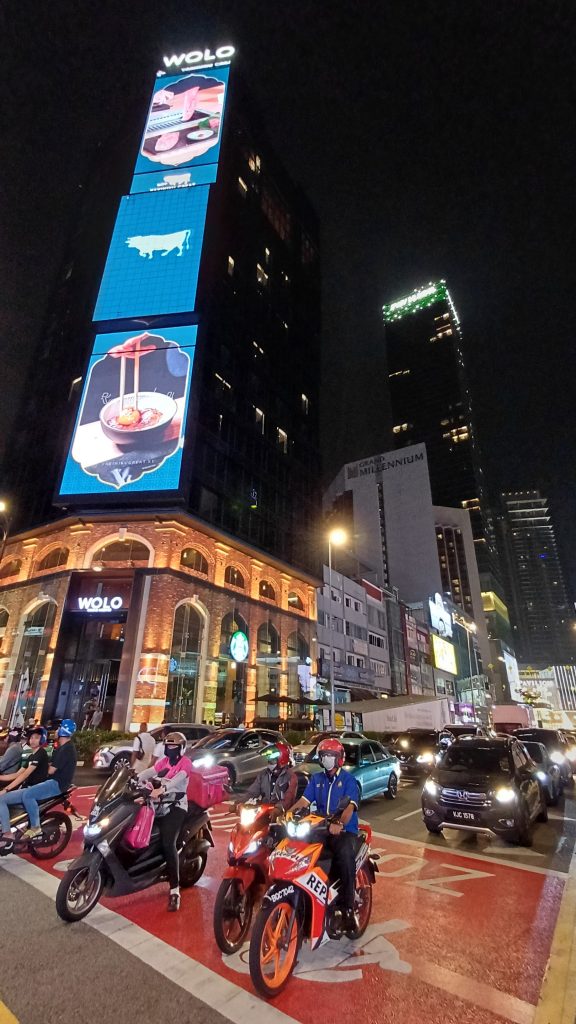
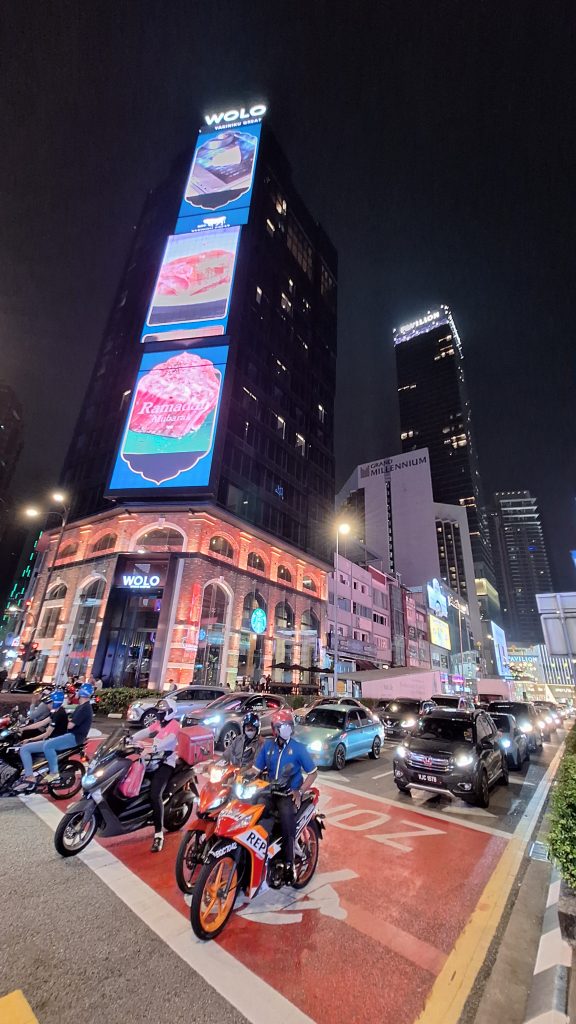
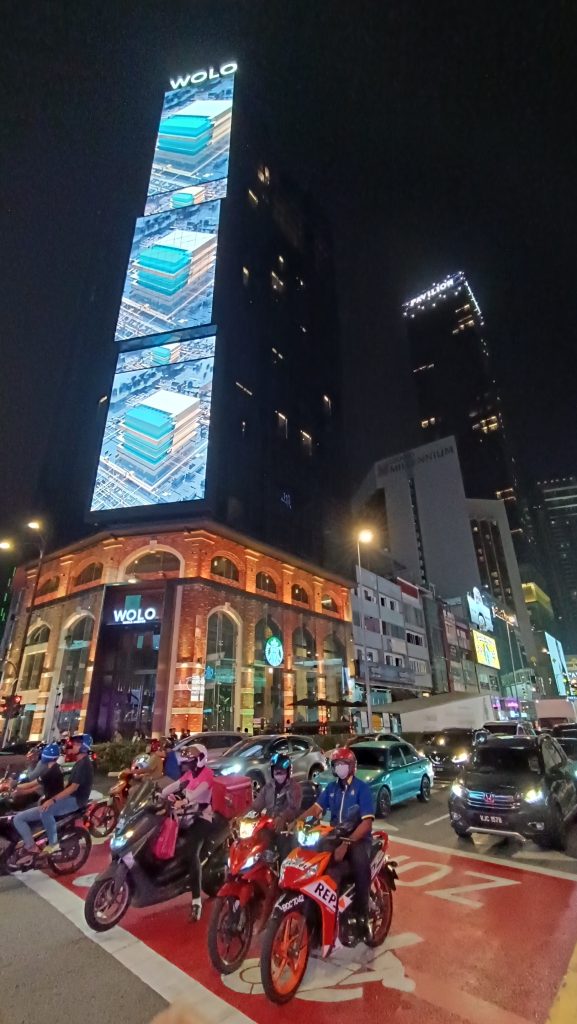


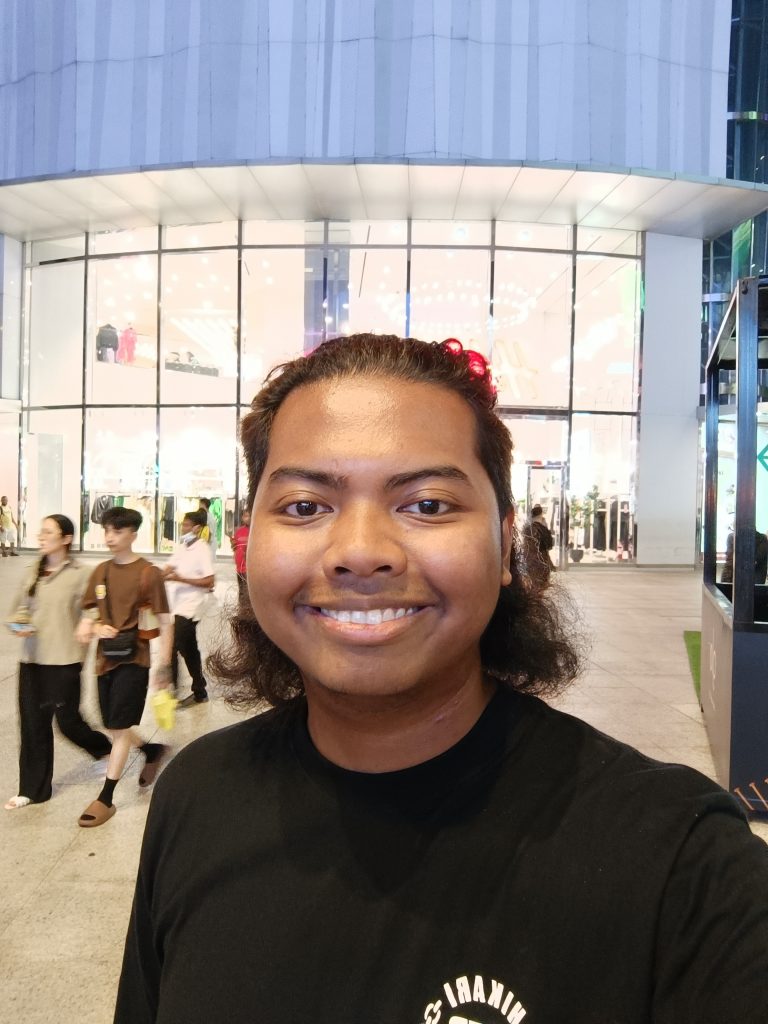
As night falls, the three phones start to struggle a little, as you’d expect from these midrange devices. The images are soft and a little noisy, but the A54 does fare the best here, offering more detail and brighter exposure compared to the others. The advantage only grows with the ultra-wide. The A54 is the only one here to take somewhat usable photos, although it too exhibits plenty of softness and chromatic aberration, particularly in the corners. The A34 and Redmi, on the other hand, are just awful.
Photos from the selfie cameras are much the same as during the day, with the A54 again being a clear favourite thanks to greater detail and a higher dynamic range. The Redmi does appear to handle hair detail ever so slightly better than the other two, however. The darker lighting levels the playing field when it comes to videos. All three phones deliver decent but not outstanding stabilisation in 1080p mode, though again the A54 appears to provide a more consistent exposure and better highlight control. Still, it’s very obvious that these are midrange phones with very limited hardware.
One surprising thing is that despite their reasonable prices, all three phones offer a pro mode with full manual control, enabling you to experiment with shutter speeds to shoot some pretty fun photos. You don’t get that with an iPhone.
The most expensive phone wins…just
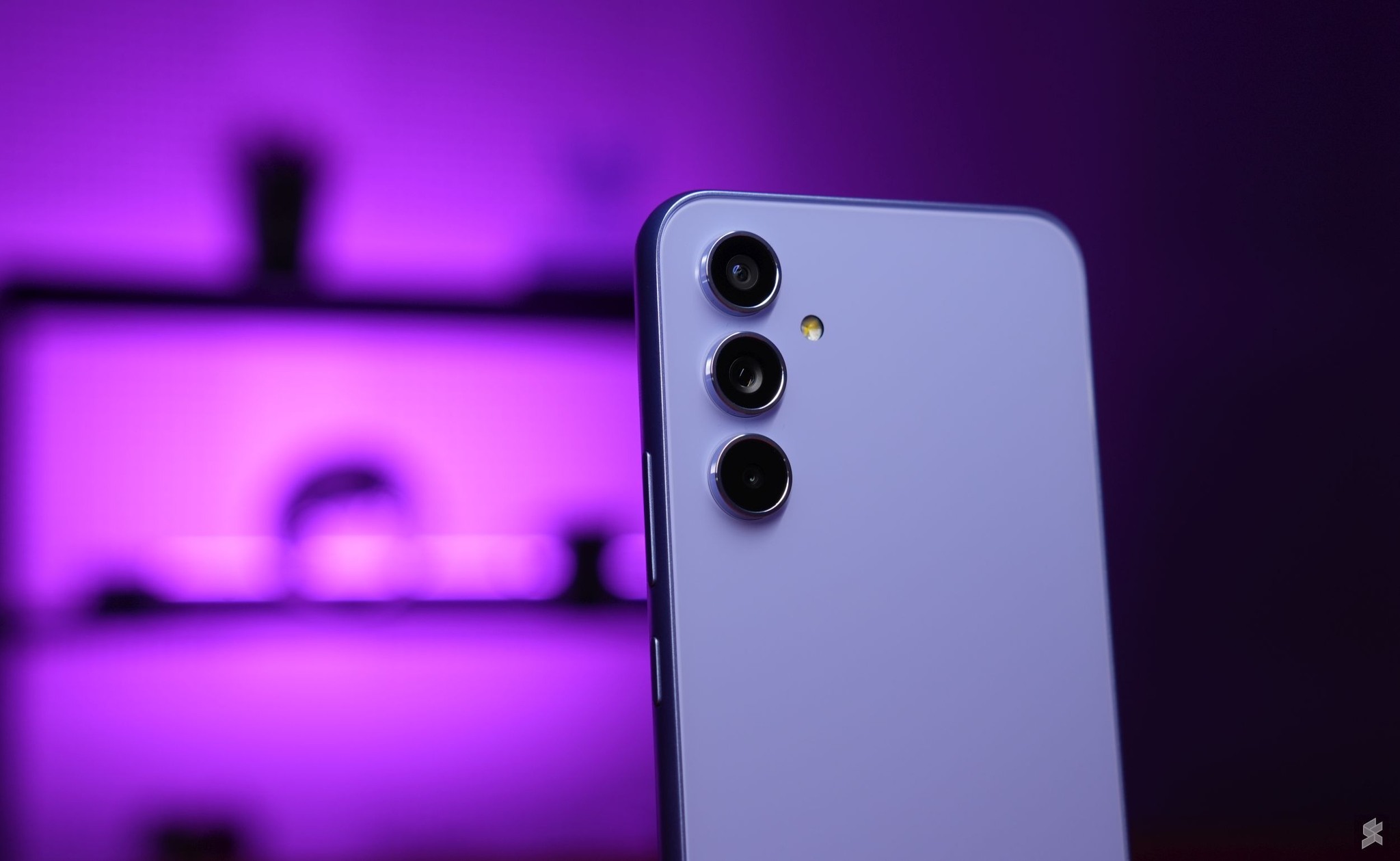
Shooting with these phones, it’s clear which one is the winner here. The A54 offers a more consistent experience across a wide variety of conditions, whether you’re shooting photos or videos. The Redmi can’t quite match its versatility, and despite having a 200MP main camera, it doesn’t offer noticeably more detail. The A34 brings up the rear, being most obviously constrained by its camera hardware.
So the A54 takes the cake. But is it RM300 better? I’m not sure. That’s a lot of money, and we’ve already established that it isn’t all that much better in terms of performance. Obviously, Samsung’s commitment to four years of Android updates and its extensive aftersales support is hard to overlook, and I can totally understand if those things matter to you.
Still, if value for money is important for you—and if you only have so much cash to spend on a phone, it really should be—then the Redmi Note 12 Pro+ is the one to go for. It offers a good amount of performance and a decent camera system, along with several other headlining features like its 120W fast charging. At this price, it’s really hard to beat.

